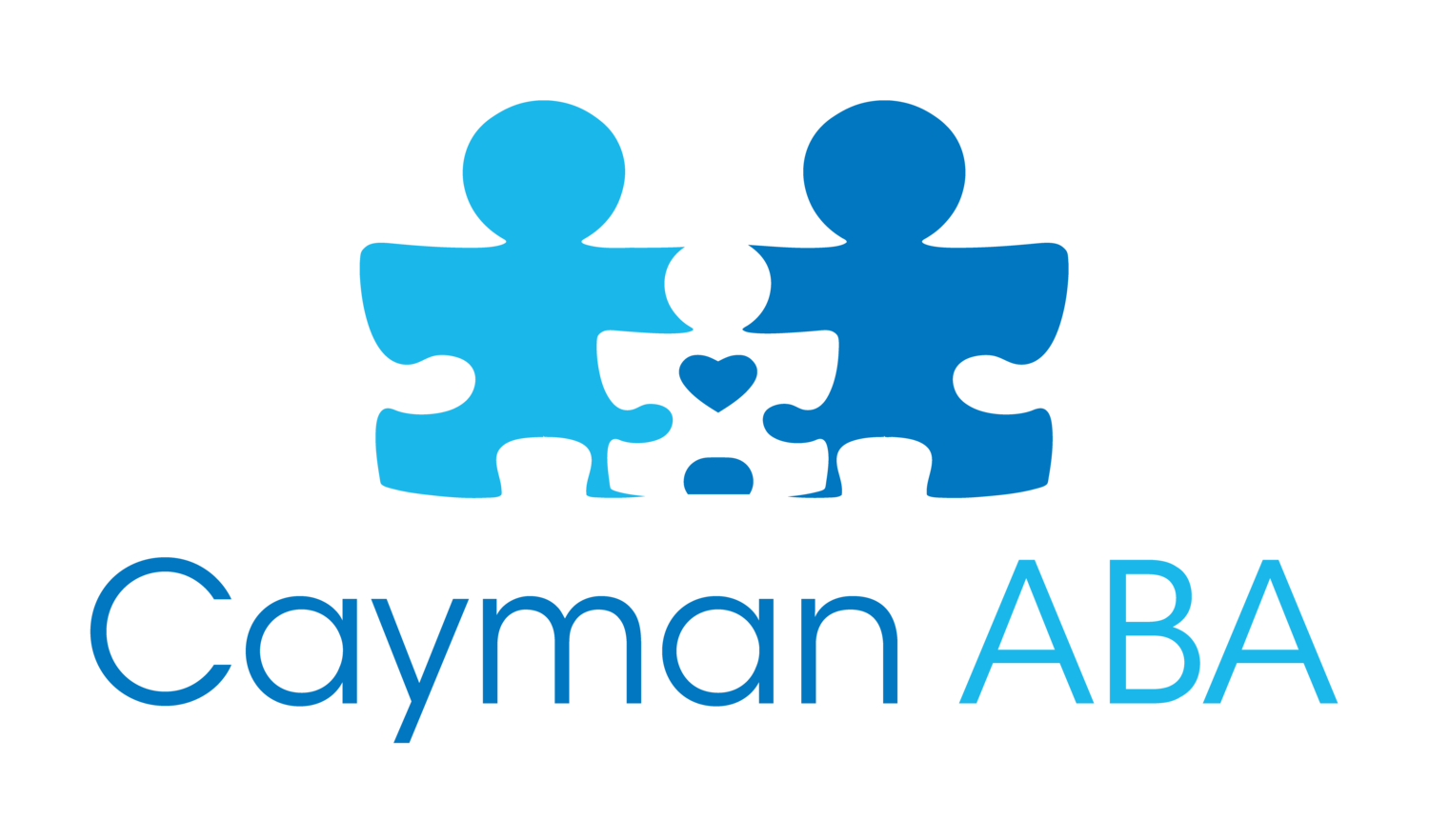First it is probably important to define what an ABA practitioner means by progress. In ABA we take data on observable and measurable behaviour, like the number of times someone raises their hand to ask a question, or how long a child takes to respond when their name is called. These data allow ABA practitioners to plan specific interventions to teach, shape, increase, and decrease behaviours. Progress is then defined by those in ABA as a significant change in the data, meaning a change in the behaviour. Let’s look at an example
The above graph shows an overall reduction in the number of minutes that the child spent screaming. Before ABA intervention, the child screamed for about 6 minutes each day. After day 3 of ABA treatment, (day 8 of measuring screaming), the child was screaming for 4 minutes or less and by day 15 the child wasn’t screaming at all. Looks like progress to me, but one graph doesn’t tell the whole story. If this child wasn’t also taught other behaviours that they can use in the situation that used to cause screaming, the program is not likely to be effective in the long term. So how can you tell an effective ABA program from an ineffective one?
The Signs of an Effective ABA Program
A Focus on Teaching, Not Correction
One of the signs of an effective ABA program is the focus on addressing the factors that lead to problem behaviour, rather than a focus purely on the reduction of undesired behaviours. While the reduction of ineffective, inappropriate, or dangerous behaviours is often a goal of treatment plans in ABA, it should only be a component if necessary, with the primary focus of ABA intervention being teaching the client the skills they need to be as successful and independent as possible. If your child is learning and using skills that allow them to be independent and successful, they are likely making progress.
The Professionals are Licensed by the BACB (Behaviour Analysis Certification Board)
The process for becoming certified involves classroom instruction, testing, and supervised training in the application of ABA, with several different methods for verifying an individual’s competence. While a certification does not guarantee an effective ABA practitioner, you are far more likely to experience quality ABA services from an individual or team of professionals that are certified. Common certifications in the field include Registered Behaviour Technicians (RBT) and Board Certified Behaviour Analyst (BCBA), but there are also Board Certified Assistant Behaviour Analysts (BCaBA) and those with doctorate level experience and training (BCBA-D).
A Focus on the Client’s Needs
An effective ABA program is one that focuses on the needs of its clients. This means that everything taught to a client should be meaningful for that client’s life or be necessary for that client to lead a meaningful life. Examples of this include teaching one client to speak by using their iPad and teaching another client to use sign language due to ability or preference. The point of the treatment is to increase the client’s independence and satisfaction by teaching communication. The exact method isn’t what is important; what is important is making meaningful improvements to the client’s daily life.
The Client Receives Regular Supervision From a BCBA
Have you ever played the “telephone game”? One person whispers something into a person’s ear and then they whisper what they heard. Invariably some things are missed and sometimes the message can be changed altogether, especially when not everyone is motivated to understand the message. When applying the science of behaviour to addressing real concerns, supervision helps prevent treatment from becoming a game of “telephone”.
Supervision in ABA doesn’t mean that a BCBA shows up and tells an RBT what to do; rather, supervision in ABA allows providers to communicate and collaborate about what they are seeing and how effective different approaches are for an individual client. This process allows for ABA providers to ensure that they are responding to their clients in ways that support progress and improvement in day to day living.
What is My Role in My Child’s Progress?
One of the reasons that ABA is so effective is because it is so consistent. Taking data allows us to be very precise with how we respond to various behaviours. The more consistently everyone responds to a specific behaviour, the more likely it is for that behaviour to change in response. An effective ABA provider communicates with caregivers regarding how they are responding to your child’s behaviours. Feel free to ask for specific descriptions if needed, or any other questions or clarification. It can often be difficult as humans to tell how well we understand each other and ABA providers should be committed to effective and calm communication that addresses your concerns and answers your questions.
Trusting Your Eyes and Your Gut
If an ABA program is being effective, you will see it and you will feel it in day to day life. It might be small, maybe your child lets you know when they need to use the bathroom without whining, or maybe they ask another kid to play on the playground. It might be big, maybe your child is starting to recognize words and letters or do better at math. If your child seems happy about going to, and coming home, from ABA and you see them succeeding more often in little and big ways, it is likely that the ABA program is effective.


